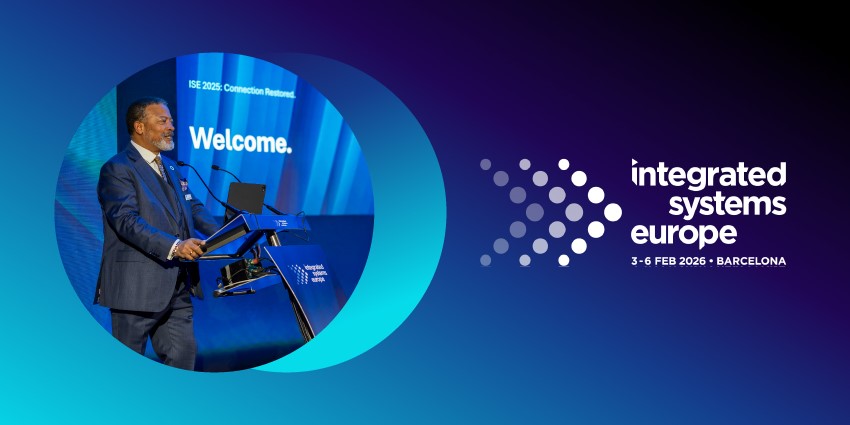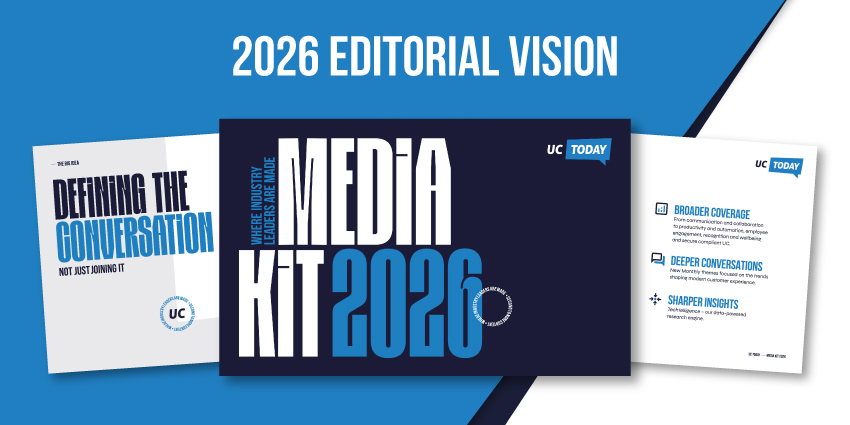The search for the best large language models is on. It isn’t just developers and AI innovators experimenting with LLMs today. Increasingly, these tools are beginning to form the foundations of countless everyday applications and tools.
LLMs are the dynamite behind the explosion of generative AI solutions this year, paving the way for innovations like Microsoft Copilot, Zoom Companion AI, and Google Duet.
Today, new private and open-source models are appearing rapidly, as companies search for ways to enhance how we communicate with machines. Since keeping up with the LLM boom can be challenging, we created this list to highlight some of the most notable LLMs on the current market.
Let’s dive in.
The Best Large Language Models
Notably, how you define the best large language models will likely be unique to you and your specific needs. Developers are increasingly searching for open-source models that allow them to build and refine solutions to their particular needs.
Everyday users might look for LLMs that are already fine-tuned to deliver specific results, such as help with coding or the generation of creative text. Here are some of the LLMs that are earning the most attention this year.
1. BLOOM
BLOOM is an open-access, BigScience multilingual language model optimized for text generation and exploring language characteristics. Funded by the French government, this model is trained on over 176 billion parameters and can generate text in 13 programming languages and 46 natural languages. It was the first LLM with over 100 billion parameters ever created.
BLOOM is the culmination of a full year of work involving researchers from more than 250 institutions and 70 countries. Researchers are free to download, run, and study BLOOM to investigate the behavior of evolving LLM technologies. It’s also embedded in the Hugging Face ecosystem.
2. Claude
Claude is an LLM-based generative AI model used in various AI initiatives today. Developed by Anthropic, the next-generation assistant is accessible through an API and chat interface. It’s capable of managing various text processing tasks with high reliability.
Claude can help with text summarization, creative writing, coding, and search. It’s also available in two variations. The “Claude Instant” model is lighter and much faster, while Claude is a little more comprehensive. Claude is close to GPT-4 in terms of performance. It also made Anthropic the first brand to offer 100k tokens for context in a single window.
3. Cohere
Cohere is an AI startup, created by former Google employees from the Google Brain team. The company offers access to various LLM solutions and models for different use cases. Options range from small models with around 6 billion parameters to those with 52 billion parameters.
The Cohere Command model is one of the most notable solutions available. It has achieved praise for its robustness and accuracy, prompting companies like Jasper and Spotify to use the system in their tools. Cohere’s LLMs can be fine-tuned to specific use cases, and the technology is cloud-agnostic, allowing for exceptional freedom.
4. Falcon
Falcon is the name for a series of LLMs produced by the Technology Innovation Institute. TII makes some of the best large language models in the open-source market, with a comprehensive family including Falcon 7B, 40B, and now Falcon 180B. The latest version of the Falcon auto-regressive language model offers incredible performance.
According to the Hugging Face group, Falcon 180B performs better than proprietary solutions like Google PaLM-2. It also has incredible proficiency in reasoning and language tasks. Notably, however, the tool does lack an in-built prompt format.
5. GPT (OpenAI)
Probably the best-known large language model on the market today, GPT by Open AI powers ChatGPT, the world’s leading generative AI bot. There are various versions of the GPT solution today, starting with GPT-3, an LLM with a decoder-only transformer architecture.
GPT-3.5 is an upgraded version of the former LLM, fine-tuned using reinforcement training. It’s currently available within the free version of ChatGPT but struggles frequently with hallucinations and producing false content.
GPT-4 is the most recent LLM produced by OpenAI and released in 2023. This model has shown incredible success with complex reasoning, understanding, and coding abilities. It’s also the first multimodal OpenAI model that can process text and images.
6. LaMDA
The language model for Dialogue Applications (LaMDA) is a family of LLMs created by Google Brain and introduced in 2021. Similar to GPT-3, the solution uses a decoder-only transformer model trained on a vast corpus of text.
LaMDA’s conversational skills have transformed drastically in recent years, thanks to training data that includes real human dialogue. The most current version of the LaMDA model, LaMDA 2, powers the Bard conversational AI bot offered by Google. It’s also a Google Generative Language API component, available to third-party developers.
7. LLaMa
Introduced by Meta in February 2023, LlaMA is a foundational LLM that helps researchers advance their work in artificial intelligence. LlaMA models are available in various sizes, from 7 billion to 65 billion parameters. Meta even says its base 13B model outperforms GPT-3.
As an open-source model, developers can use LlaMA to fine-tune some of the best generative AI applications on the market. However, LlaMA is only available for research purposes and can’t be used to create commercial applications.
LlaMA uses a standard transformer architecture, trained on a host of public data sources, including webpages from Wikipedia, GitHub, and CommonCrawl.
8. Orca
Developed by Microsoft, Orca is one of the best large language models for everyday users. Trained on 13 billion parameters, it’s not as large as some of the other tools on this list. However, it is small enough to be run on a standard computer or laptop.
Orca learns using GPT-4 rich signals. These include explanation traces, step-by-step processes, and other forms of feedback. It currently surpasses the performance of some of the top instruction-tuned models like Vicuna-13B in terms of zero-shot reasoning benchmarks. It also achieves parity with ChatGPT on the Big-Bench Hard benchmark.
9. PaLM
Another of the best large language models by Google, PaLM, or the “Pathways Language Model,” was initially built on a 540 billion parameter transformer model. The most recent version of PaLM, PaLM 2, excels in advanced reasoning tasks, such as math and coding.
It’s a multilingual model capable of translation and natural language generation. Google also offers the model in various sizes, such as Gecko, Otter, Bison, and Unicorn. Google trained PaLM using multiple TPU 4 pods – Google’s custom machine-learning hardware.
There are also several fine-tuned versions of PaLM, including the Med-PaLM 2 model for medical information and life sciences.
10. Phi-1
Though Phi-1 might not be available to access yet at the time of writing, it’s gaining much attention in the generative AI space. The transformer-based language model from Microsoft is relatively small, with 1.3 billion parameters. It was trained on textbook-quality data, and explicitly designed to assist users with Python coding.
Compared to other LLMs, Phi-1 doesn’t have as many capabilities. However, it’s an exceptional example of how smaller, large language models can be designed for specific use cases. Despite its small size, Phi-1 can still outperform tools like GPT-3.5 in certain coding-specific tasks.
11. Tongyi Qianwen
Introduced in 2023 by the Alibaba Cloud team, Tongyi Qianwen is a proprietary large language model trained on billions of words and sentences from various domains. Though little information is available about the exact functionality of this tool, Alibaba is currently embedding the tech into their cloud products.
The proprietary framework for the solution unifies various standard AI models, and the tool can even turn text into images and short videos. The model is similar in functionality to GPT and will appear in Tmall Genie and DingTalk, the virtual assistant and communications tools offered by Alibaba’s cloud division.
12. Vicuna 33B
Vicuna 33B is an open-source LLM designed through fine-tuning the LLaMa model. LMSYS enhanced the model with supervised instruction and training data from ShareGPT.com – a portal for sharing ChatGPT conversations.
Vicuna 33B is a regressive large language model trained on 33 billion parameters. Although it doesn’t live up to solutions like GPT-4 in terms of performance, it does support a range of use cases. Vicuna is primarily intended to support research into developing LLMs and chatbots.
13. Gopher
The Google DeepMind team developed Gopher as one of the best large language models created in recent years. The solution is specifically trained on specific tasks, such as comprehension and fact-checking. This LLM is trained on 44 million parameters and 280 billion parameters.
DeepMind’s research found Gopher exceeded the performance of other LLMs in various tasks. It’s particularly effective at supporting Science, Technology, and Humanities companies. Gopher is also very proficient with massive multitask language understanding. Users can interact with users through dialogue-based interactions, similar to GPT.
14. Guanaco
Another example of LLMs built using the framework of an existing model (LLaMa) Guanaco models are open-source, fine-tuned solutions designed for modern chatbots. Guanaco-65B is the most powerful model, falling just behind the Falcon model in open-source performance. The models are all trained on the OASST1 dataset created by Tim Dettmers.
Interestingly, to fine-tune this model, researchers created a new technique. The QLoRA technique reduces memory usage while preserving task performance. This allows the Guanaco models to outperform some of the top proprietary LLMs, such as GPT-3.5. The
15. MPT-30B
Developed by Mosaic ML, MPT-30B is an open-source LLM designed to compete against LlaMA models. It is fine-tuned on a massive corpus of data from different sources, including GPTeacher, Baize, and even Guanaco. This model also has one of the longest context lengths (8K tokens). According to the team, it outperforms the original GPT-3.
There are various MPT-30B models available, each with distinctive features. The MPT-30B family also offers excellent coding support, thanks to a pre-training data mixture. Notably, the size of this model makes it easier to deploy on a single GPU.
16. 30B-Lazarus
Introduced in 2023 by CalderaAI, 30B-Lazarus is an enhanced version of the LlaMA language model. The developer used LoRA-tuned datasets from various models to create a solution capable of performing well on different LLM benchmarks.
This particular LLM is one of the best large language models available in the open-source market for text generation. However, it doesn’t support conversational, human-style chat. Various versions of the model are available for specific use cases in different industries.
17. FLAN-T5
FLAN-T5 helps advance research into large language models and generative AI. It’s one of the most powerful tools for zero-shot and few-shot learning. It also excels at reasoning and answering questions. The model’s most advanced version, “XXL, ” can manage over 1000 tasks.
FLAN’s various models can support everything from commonsense reasoning to question generation and cause and effect classification. The technology can even detect “toxic” language in conversations and respond to various languages.
Exploring the Best Large Language Models
It’s hard to offer a comprehensive view of the best large language models today. The landscape is evolving incredibly, and new open-source and proprietary solutions are constantly appearing. As demand for generative AI solutions continues to grow, we’ll likely continue to see new and improved LLMs appearing.
Watch this space for more insights into the latest LLMs powering productivity, communication, and collaboration tools in the modern world.







